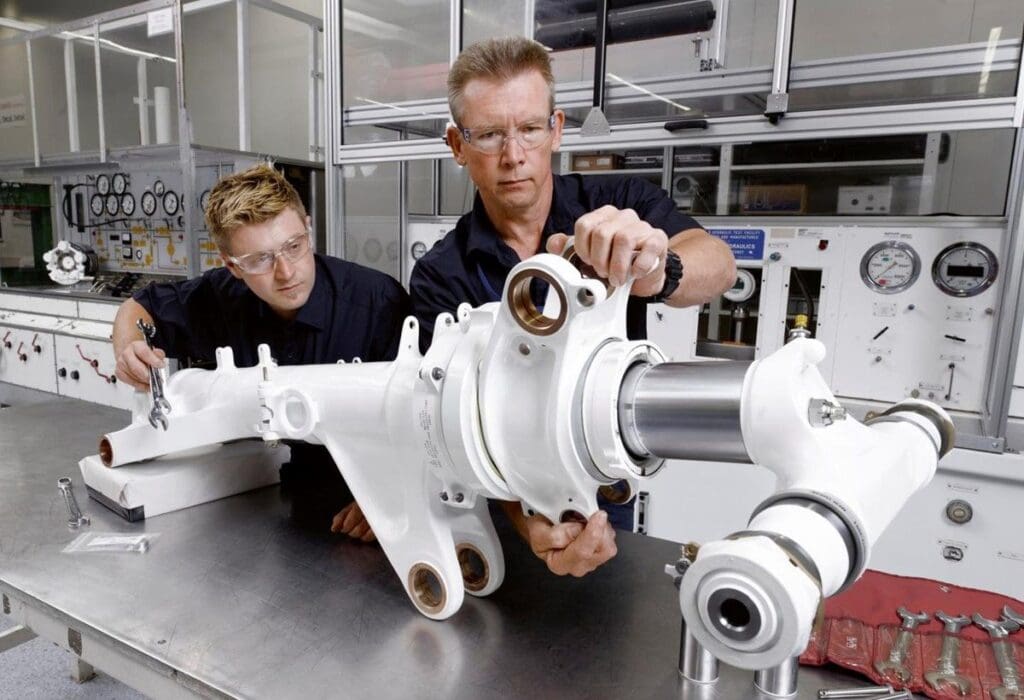Selective laser sintering (SLS) 3D printing technology is rapidly emerging as a transformative force in production and manufacturing. As additive manufacturing continues to evolve, SLS is poised to revolutionize everything from rapid prototyping to end-use part production across industries.
How SLS 3D Printing Works
SLS belongs to the powder bed fusion family of additive manufacturing processes. It works by using a laser to selectively fuse powdered material, layer by layer, to build up a 3D part. Each layer of powder is evenly distributed across the build area before the laser traces out that layer’s cross-section. The unfused powder provides support for the part as it is built up, meaning SLS can create complex geometries without dedicated support structures.

The technology offers exceptional design freedom compared to traditional manufacturing methods like CNC machining or injection molding. Parts can be organically shaped with intricate internal features like lattice structures that would be impossible to produce otherwise.
Advantages Over Traditional Manufacturing
SLS 3D printing delivers game-changing benefits compared to conventional manufacturing techniques:
Design Freedom
SLS technology enables shapes that cannot be created with traditional processes that rely on tooling like molds or fixtures. Parts can be organically shaped and easily iterated upon.

Speed
There is no need to spend time and money on tooling for SLS. Parts can be printed on-demand without lead times for production tooling. This enables rapid design iteration.

Customization
Every part printed with SLS can be customized and personalized without added costs. Short production runs become economically feasible.

Assembly Consolidation
Originally multiple parts assemblies can be reduced to a single 3D printed part for reduced manufacturing steps.

Mass Customization
SLS enables cost-effective short run production, making custom end-use parts economically viable. Limited edition and personalized products can be affordably manufactured.

Supply Chain Efficiency
On-demand manufacturing with SLS means less warehousing, shipping and logistics overhead. Digital inventory reduces waste.

SLS for End-Use Part Production
Thanks to its combination of design freedom, speed and industrial grade materials, SLS is revolutionizing end-use part production:

Aerospace
SLS is widely used to print lightweight, structurally optimized components for aerospace applications. Parts consolidate assemblies and reduce part counts.

Military
Rugged, mission-critical components like custom housings and brackets are 3D printed using SLS technology. The process supports rapid deployment and parts on-demand.

Automotive
SLS helps automate production of specialized, low-volume parts like customized brackets and housings across the supply chain.

Medical
Bespoke, patient-specific medical devices like drill guides and braces are economically manufactured with SLS capabilities.

Consumer Goods
Mass customization of consumer electronics, athletic gear, footwear and lifestyle accessories is enabled by SLS printing.
SLS 3D printing stands poised to fundamentally disrupt manufacturing across industries ranging from aerospace to consumer products. Its unique abilities enable freeform shapes, assemble consolidation and mass customization at economics not previously possible. As the technology continues to evolve, SLS promises to empower distributed, digitized and democratized production for the next industrial revolution.
